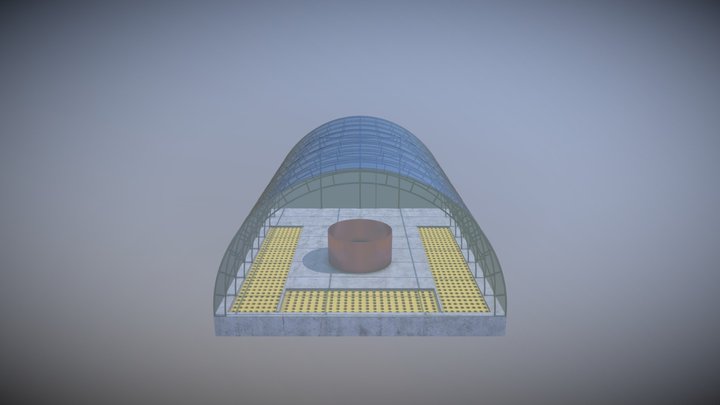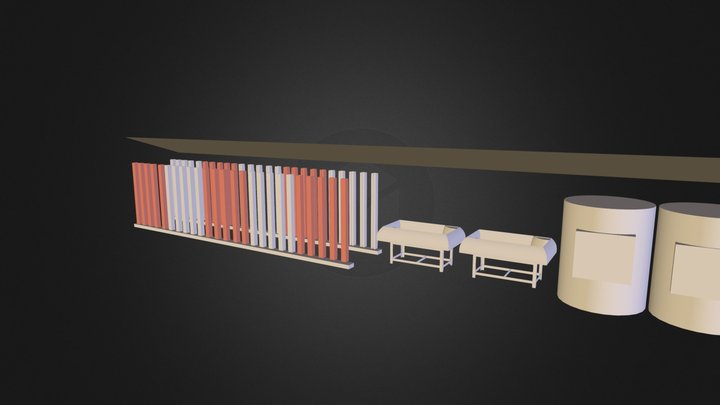 www.tinkercad.com ```html
www.tinkercad.com ```html Introduction: Building Your Own Aquaponics System Embarking on an aquaponics journey is a rewarding experience, merging aquaculture (raising fish) and hydroponics (growing plants without soil) into a symbiotic ecosystem. This guide provides a step-by-step approach to building a small-scale DIY aquaponics system, perfect for beginners and those with limited space. This system will demonstrate the basic principles and provide a foundation for larger, more complex setups.
Step 1: Planning and Design Before you start gathering materials, take some time to plan your system. Consider these factors: Space: How much space do you have available? This will dictate the size of your fish tank and grow bed. Budget: Aquaponics systems can range from very affordable to quite expensive. Set a budget and stick to it. Sunlight: Plants need sunlight. Choose a location that receives at least 6 hours of direct sunlight per day or supplement with grow lights. Fish and Plants: Research compatible fish and plant species. Tilapia and lettuce are a popular starting combination. System Type: Decide on a system type. This guide focuses on a simple Deep Water Culture (DWC) or raft system, ideal for beginners. Create a simple sketch of your proposed system, including the dimensions of the fish tank, grow bed, and any plumbing.
Step 2: Gathering Materials Here's a list of essential materials you'll need: Fish Tank: A plastic container or aquarium (20-50 gallons is a good starting size). Grow Bed: A plastic container slightly larger than the fish tank (dimensions will vary based on tank size). Air Pump and Air Stone: To oxygenate the water for the fish. Water Pump: To circulate water from the fish tank to the grow bed. Plumbing: Tubing (appropriate diameter for your pump) and fittings to connect the fish tank and grow bed. Grow Raft: Styrofoam or a similar buoyant material, cut to fit inside the grow bed. Net Pots: To hold the plants in the grow raft. Grow Media: Clay pebbles or rockwool to support the plant roots. pH Testing Kit: To monitor the water pH levels. Seeds or Seedlings: Of your chosen plants (e.g., lettuce, herbs). Fish: Once the system is established.
Step 3: Assembling the System Now it's time to put everything together: Prepare the Grow Bed: Ensure the grow bed is clean and free of any debris. Drill Holes for Net Pots: Drill holes in the grow raft slightly smaller than the diameter of your net pots, so they fit snugly. Space the holes evenly. Connect Plumbing: Connect the water pump to the fish tank and run tubing to the grow bed. The outlet tubing from the grow bed should return to the fish tank, creating a closed loop. A simple siphon can be used for the return, or you can drill a hole at the desired water level in the grow bed and attach a fitting for the return tube. Install Air Pump and Air Stone: Place the air stone in the fish tank and connect it to the air pump. Fill the System: Fill the fish tank and grow bed with water. Use dechlorinated water to avoid harming the fish.
Step 4: Cycling the System This is a crucial step to establish the beneficial bacteria that convert fish waste into plant nutrients. Introduce Ammonia: Add a source of ammonia to the fish tank. You can use pure ammonia (check label for additives) or a fish food flake. Monitor Water Parameters: Test the water daily for ammonia, nitrite, and nitrate. Beneficial Bacteria Growth: As the beneficial bacteria colonize, the ammonia levels will decrease, followed by an increase in nitrite, and finally nitrate. Once you have 0 ammonia, 0 nitrite, and some level of nitrate, your system is cycled. This process typically takes 2-6 weeks.
Step 5: Adding Fish and Plants Once the system is cycled: Introduce Fish: Gradually introduce a small number of fish to the tank. Don't overcrowd the system. Prepare Plants: Gently remove the seedlings from their containers and rinse the roots. Place the seedlings in the net pots, surrounding the roots with clay pebbles or rockwool. Place Plants in Grow Raft: Insert the net pots into the holes in the grow raft. Float the Grow Raft: Carefully place the grow raft with the plants into the grow bed.
Step 6: Maintenance and Monitoring Regular maintenance is essential for a healthy aquaponics system: Water Testing: Test the water regularly for pH, ammonia, nitrite, and nitrate. Adjust as needed. The ideal pH range is 6.0-7.0. Water Changes: Perform partial water changes (10-20%) every week or two to remove excess nutrients and maintain water quality. Filter Solids: Periodically remove any solid waste that accumulates in the fish tank. Plant Care: Trim dead leaves and provide adequate lighting. Fish Feeding: Feed the fish a high-quality fish food. Avoid overfeeding.
Conclusion: Enjoy Your Aquaponics System! Congratulations! You've successfully built your own aquaponics system. With proper care and maintenance, you'll be able to grow fresh vegetables and raise fish in a sustainable and rewarding way. This is just the beginning of your aquaponics journey. As you gain experience, you can explore different system designs, fish and plant species, and techniques to optimize your setup. Happy growing!
``` Aquaponics 3d Models
 sketchfab.com
sketchfab.com Aquaponics 3d Models
 sketchfab.com
sketchfab.com 3d Design Aquaponics Model
 www.tinkercad.com
www.tinkercad.com



0 komentar:
Posting Komentar